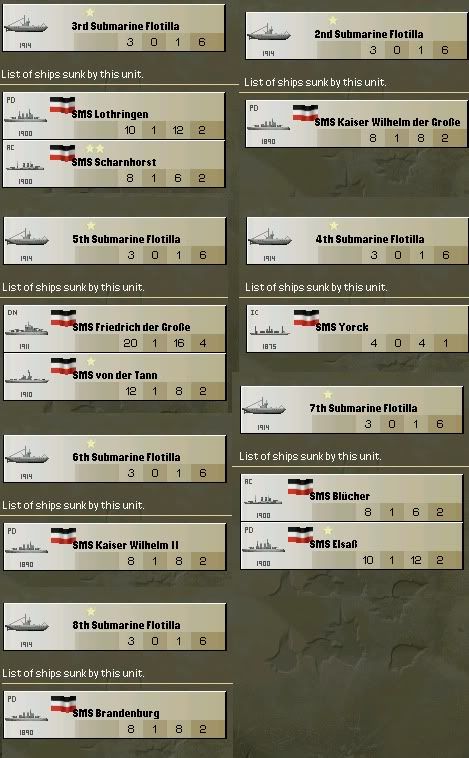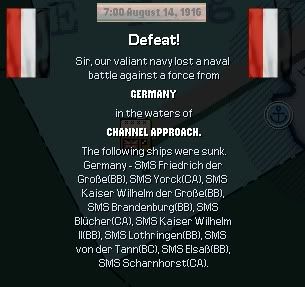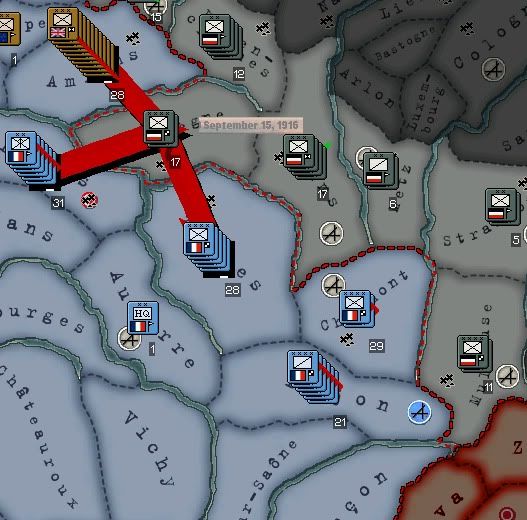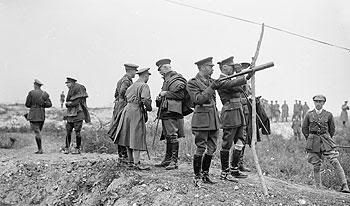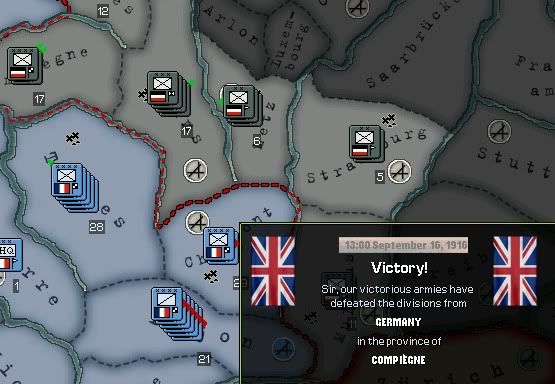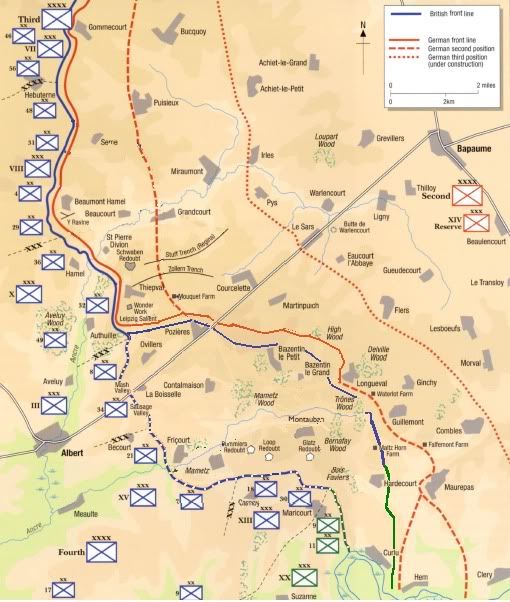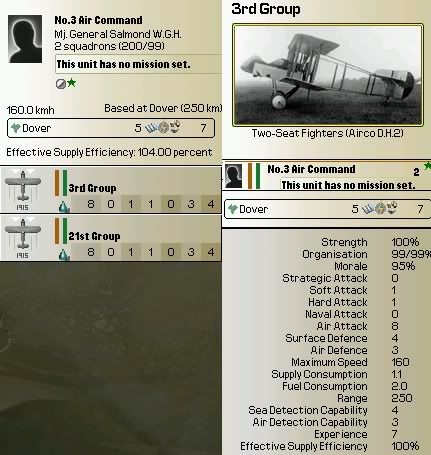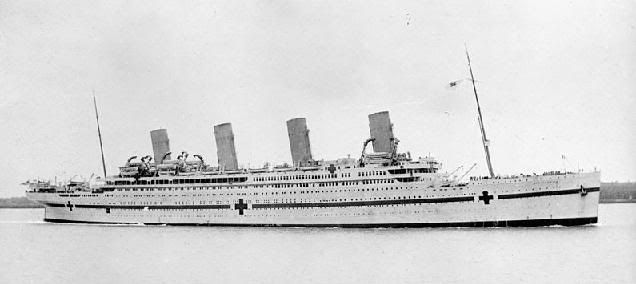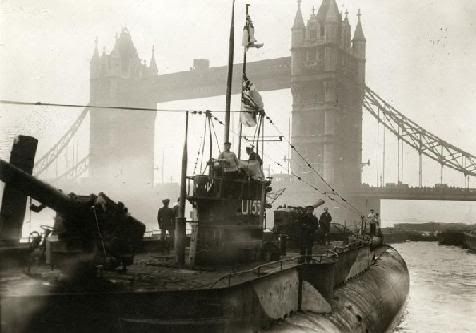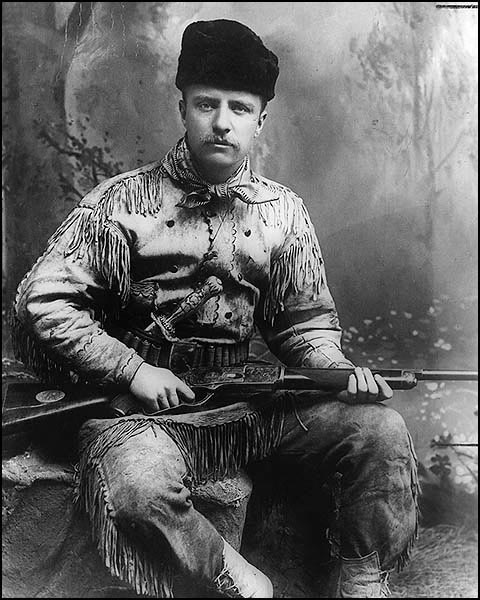Chapter forty-seven: Blame the Torpedos!
Once the North Sea was declared by the British as a "military area" (November 3, 1914), the Royal Navy patrolled its watersand intercepted cargo vessels suspected of carrying cargo destined for Germany and most of the world's oceans were effectively sealed by the end of 1914. The British also forced neutrals to comply with the terms of the blockade (0). Neutral shipping thus had to enter British ports for inspection. Ships without contraband were allowed to go on towards Germany. Germany displayed no signs of inmediate collapse, so the British were compelled to rethink tactics. In March 1915 the Allies annouced revised rules prohibiting all import and export traffic (including neutrals) from using German ports, which clearly violated the Declaration of London of 1908. As we have seen in previous chapters, as Germany was without a surface fleet strong enough to challenge the Royal Navy's Grand Fleet, Berlin had only one response--unrestricted submarine warfare (see
chapter twenty-three).
As we have seen this successful campaign was interrupted after the sinking of the
RMS Lusitania and the
RMS Arabic, which caused a diplomatic crisis with the United States. However, the Handelskrieg shifted to the Mediterranean Sea, where several dismantled UB- and UC-Boats were sent by railway to join the small Austro-Hungarian flotilla at Pola, and were highly successful in their operations against the Allied traffic. By late November 1915 they had sunk 58 ships and this success renewed military pressure for an unrestricted campaign, which was oppposed by Chancellor Bethmann Hollweg. A war council in early March 1916, however, agreed to launch a restricted campaign against Britain, to the dismay of the American public – once again, any ship travelling in the vicinity of the British Isles was now in serious risk of being sunk-, with unrestricted warfare to follow two weeks later if the British failed to relax their blockade. The limited campaign began on 15 March 1916, but the unrestricted campaign was brief, sinking some 250,000 tons of Allied shipping before the “
Britannic incident”.
The
HMS Britannic was the third and largest
Olympic-class ocean liner of the White Star Line. She was the sister ship of
RMS Olympic and
RMS Titanic, and was intended to enter service as a transatlantic passenger liner. Launched just before the start of the Great War, she was enlisted as a hospital ship in 1915. She had been finished with the the loss of the
SS Imperator (a passenger liner of the
Hamburg Amerikanische Packetfahrt Actien Gesellschaft (HAPAG) that struck an iceberg -24 October, 1913- in one of the deadliest peacetime maritime disasters in history) and the subsequent inquiries in mind (
Olympic and
Titanic were refitted on their return to Belfast). The main changes included the introduction of a double hull along the engine and boiler rooms and raising the 15 watertight bulkheads up to 'B' Deck (1) and the addition of large crane-like davits, each capable of holding six lifeboats, and additional lifeboats.
The Britannic during her days as hospital ship (HMHS).
During the Gallipoli campaign, Cunard's
RMS Mauretania and
RMS Aquitania were used as troop transports. As the campaign declined fast, the
Britannic -along with the
Aquitania- was used as hospital ships to support the landings and then the operations of the EEF. However, as the campaign of the Somme began to be implemented, the
HMHS Britannic was reffited as transport ship and, along with her sister
Titanic, chartered by the Canadian Government to transport troops from Halifax, Nova Scotia, to Britain.
But, before she was employed in that role, the
RMS Britannic made a last voyage commercial with the White Star Line. On February 10th she left New York, bound for Liverpool. The convoy system was in its infancy, and many vessels still traversed the Atlantic without strictly following Admiralty guidelines.
Britannic was one such example. Carrying 2,452 passengers, she cruised at 22 knots, and thus presented a difficult target to any waiting U-boat. That day, the
KMS Bremen, a blockade-breaking German merchant submarine, was making her maiden voyage to New York. She was one of seven submarines designed to carry cargo between the United States and Germany in 1916, through the naval blockade of the Entente. Two of those submarines had been converted into long-range cruiser U-boats (U-kreuzers) equipped with 150 mm guns and two stern torpedo tubes: the mentioned
Bremen and the
Deutschland (2).
On the morning of April 12th, a Spanish steamer sailing about 400 miles (640 km) south of the Grand Banks of Newfoundland, sighted the
Bremen and wired a warning to all the ships in the area. A few hours later,
Britannic spotted a surfaced U-boat 500 m (1,600 ft) ahead and the lookouts alerted the bridge. At once the captain of the ship, Charles Bartlett, altered her course toward the submarine, which was lying just of the starboard bow. Amazingly, the Uboat crew did not seem to have spotted the huge ship until the liner opened fire with one of the auxiliary six inch guns fitted for her self defence. The guns could not depress suficiently to hit the submarine, which franctically attempted an emergency immersion and fired in a hurry two torpedos in, as some Frenchman would say, in "
the general direction" of the
Brittanic (3). Amazingly, one of the two torpedos did strike the ocean liner on the starboard side, but the damage to the
Brittanic was minimal, although two crew and one passanger, Mrs Mary Hoy, from Chicago, were injured. The damage inflicted upon the ocean liner did not deter the
Brittanic from ramming the
Bremen, that was severely damaged. Unable to submerge due to the damages received, her commander, Kapitaenleutnant Karl Schwartzkopf, seeing the british liner turning his guns against his ship, had no option but to surrender.
The Bremen docked in London to be exhibeted as a war prize.
In the United States, popular outrage greeted the news of the
Britannic’s attack with the same indignation expressed after the
Lusitania incident the previous year. The sanctity of free transit for passenger liners had been broken and President Woodrow Wilson was unusually incensed. However, he remained commited to his have the United States embroiled in the European struggle. However, Wilson was to find himself in a hard spot when, a few days later, the German auxiliary cruiser
Prinz Eitel Friedrich captured the schooner
William P. Frye (3,374 tons) and took to Germany her US crew as prisoners of war. Wilson, fearing the worst as it was an election year, then threatened to sever diplomatic relations with the German Empire unless submarine warfare was restricted. Berlin agreed to that, but it was already too late.
The most significant impact of the
Britannic incident and the
Frye’s sinking was that ended the Republican schism. In 1912 the Republican Party was torn asunder when former President Theodore Roosevelt, frustrated with Taft's policies, formed the Progressive Party. The split gave Wilson the presidency, damaged the relations between Roosevelt and the GOP and the chances of the Republican party to win the White House. Worse still, by 1916 the Progressive Party had all but collapsed, and only one Progressive remained in the House of Representatives. Thus, Republicans and Progressives had to make peace if they wanted to defeat Wilson.
And who better than Teddy to do the heroics required?
Thus, the contacts between both parties to join ranks, already begun in January 1916, were accelerated by the actions of the German navy and made possible the selection of a joint Republican-Progressive candidate while trying to put aside the mutual mistrust. Seeing the benefits, the Republican Party decided to take profit of the burst of patriotic fury and Roosevelt suddenly became the perfect candidate to defeat Wilson. Thus, on June 1916, when the Republican and Progressive conventions met in Chicago, there were moves to agree upon a single candidate. Except for some minor disagreeement about the need of implanting an universal military service, which was unacceptable to the Republicans, after several meetings at the Chicago Club, it was agreed that Roosevelt was the only character with enough charisma to expel Wilson from the White House. Thus, Roosevelt became the Republican nominee for President, with Warren G. Harding as his running mate. Wilson’s slogan – ‘
he kept us out of the war’ – was to turn against him.
With an almost evangelical fervour, Roosevelt made speech after speech, crusading from state to state in a Pullman train carriage, repeating over and over again to the masses that “
the United States cannot be indifferent to the firestorm ravaging Europe, and especially not to what happens in the Atlantic Ocean and on its Western European shores”. Roosevelt met Democratic charges of warmongering head on – he made a number of eloquent defences of his time in office, contrasting his defence of American interests in South America, Morocco and the Pacific with Wilson’s muddled foreign policy. Furthermore, Roosevelt’s possession of the Nobel Peace Prize for his mediation of the Russo-Japanese War in 1905 made the accusations of warmongering to look rather absurd. Nevertheless, Roosevelt insisted that the United States must be prepared for all emergencies and it could not rely on Wilson, who had kept the United States out of the war at the cost of American prestige.
Roosevelt vs Wilson. Never an election contest was so one-sided.
Thus, when the voters went to the polls on 7th November, a Roosevelt victory was expected, although few would have expected that the winning margin would be as much as 2.2 million votes (10,226,606 votes (53.7%) 340 electoral vs 7,999,221 votes (42.0%) 191 electoral). When even Illinois, Wisconsin and Michigan declared results in favour of Roosevelt, the New York Times felt it safe to announce that ‘
Theodore Roosevelt returns for an historic third term’. The Colonel was back at 1600 Pennsylvania Avenue.
(0) Zepp Branningan would have done more than simply this, for sure.
(1) Actually, the measure only affected six of the 15 bulkheads.
(2) Well, these submarines were armed with 150 mm guns, not with torpedos tubes and the Deutschalnd class (aka U-151 class) was not ready to use until 1917, but butterflies are on a rampage these days, you know...
(3) Blame Monty Python for that joke.
@Milites: I would also love seeing a lot of Camels and SE5as over the trenches. Time will tell.
@Enewald: If you can call a victory having your fleet decimated... well.
@quaazi: The AI is always an unsolvable mistery to me.
@Nathan Madien: Or to rise the journalists by impaling them...
@c0d5579: Hey, the Kaiser can keep winning like this! I don't mind!
@Zhuge Liang: The Kaiser should be reacting like Hitler after the Battle of the Barent Sea fiasco.


